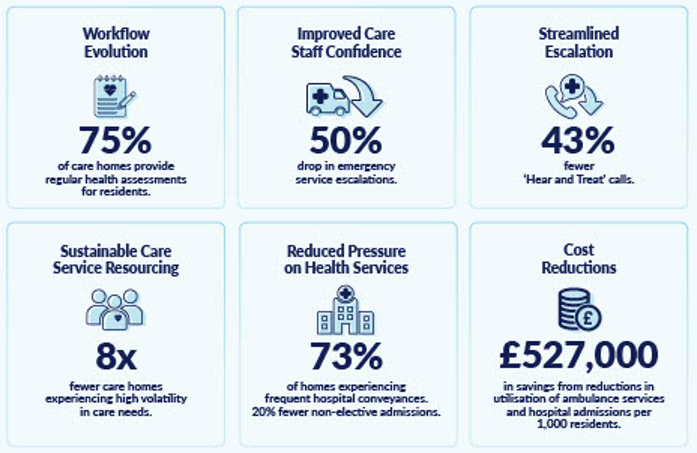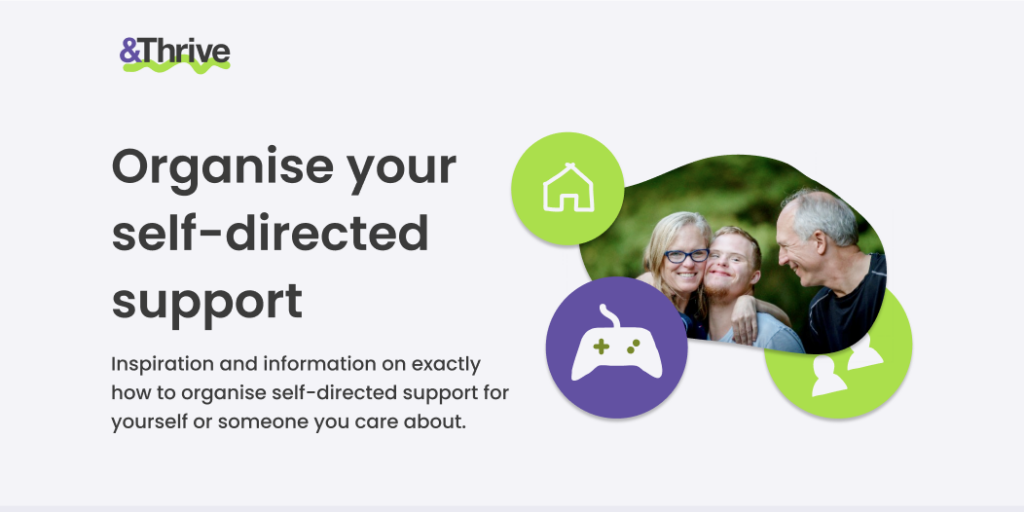Belly dancing and reflexology – building a health and wellbeing strategy that is as individual as we are
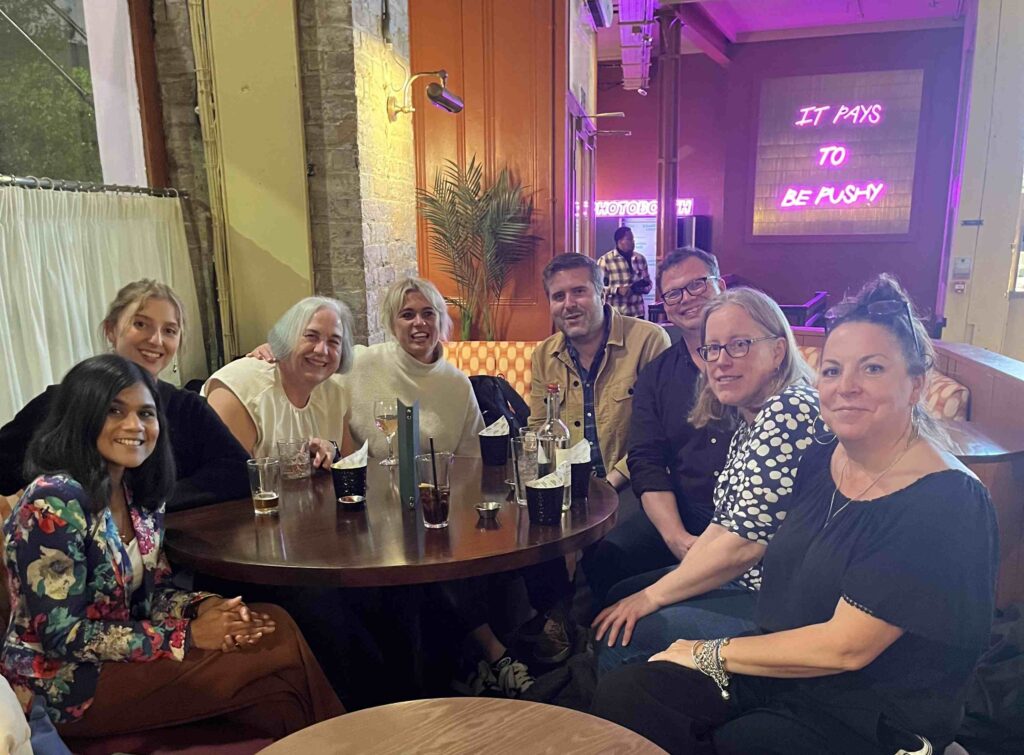

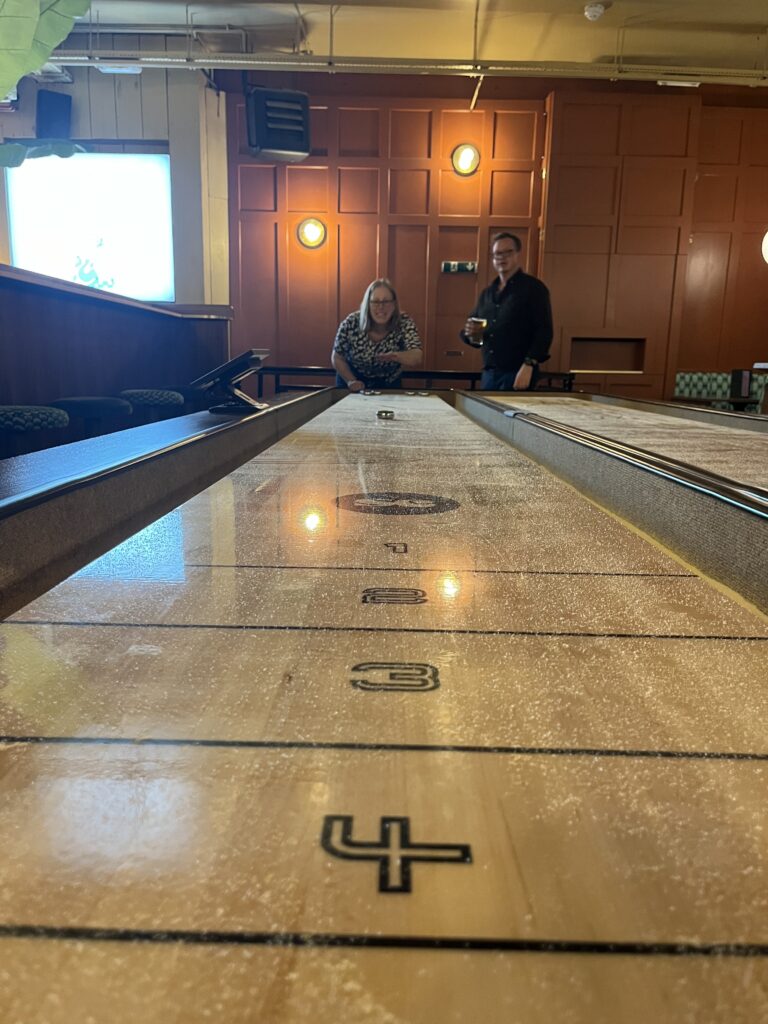
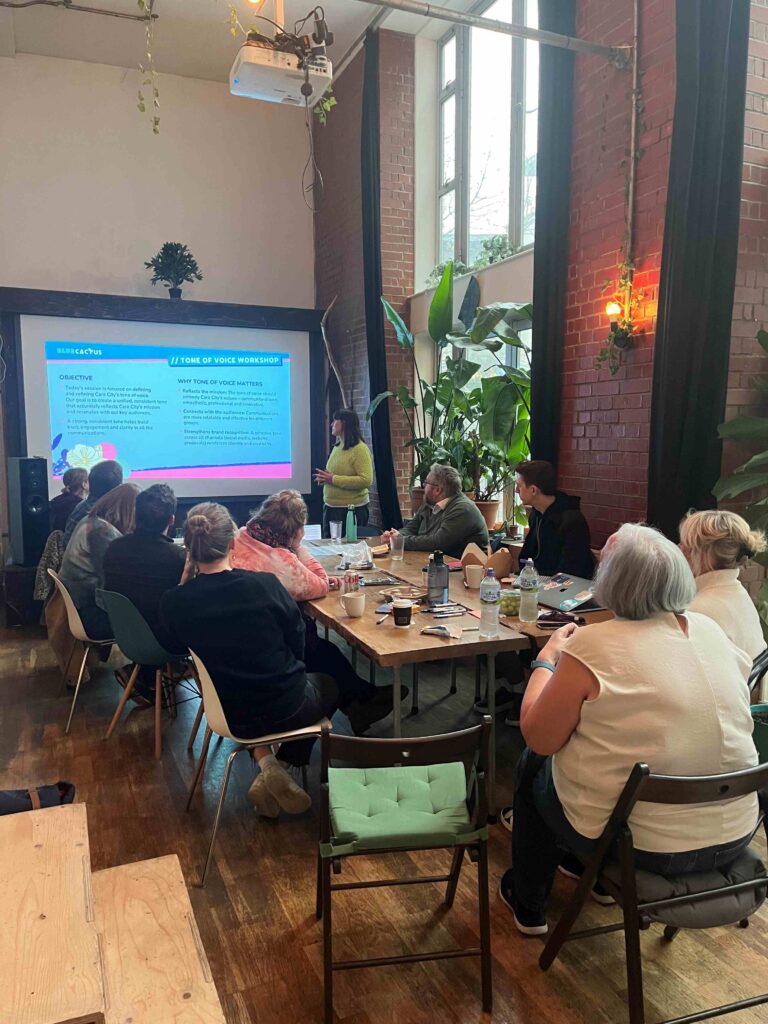
Rachel’s blog this Self Care Week shares insights into how we’ve built a unique, people-centred health & wellbeing strategy at Care City.
As a small, but (in my opinion) perfectly formed team with a passion for making a difference in our communities, I am often surprised at how different we all are. Yes, if you follow us on social media you will know we all bond over our love of animals, but our career backgrounds, hobbies and film interests vary quite considerably. That’s why, when we started to consider what a health and wellbeing strategy might look like for the team, we had to think carefully about how it would best meet the needs of us as individuals.
Why Health & Wellbeing Matters
In any organisation, whether large or small, the health and wellbeing of the team is essential. A Chartered Institute of Personnel and Development (CIPD) study states that companies focusing on health, happiness, and engagement see long-term benefits in both employee satisfaction and organisational success. Even for small teams, having a wellbeing strategy can make a significant difference.
- Stronger Team Bonds: In small teams, people rely more on each other. We certainly do. Health and wellbeing initiatives can help strengthen these bonds, creating a more supportive environment.
- Increased Productivity: Healthier employees are more motivated and productive, leading to fewer sick days and higher overall performance.
- Retention: In a competitive job market, a commitment to staff wellbeing can help attract and retain the right talent.
Our Approach: Tailored Health & Wellbeing Budget
Earlier this year we introduced a Health & Wellbeing budget to provide flexible support to our team. Some of the ideas we’ve implemented include:
- Flexible Budgeting: Each person’s needs are different, so flexibility in how a wellbeing budget is spent is key. Whether it’s gym memberships, mental health support or professional development, our budget is adaptable to individual needs. However it seems emotional support dogs are not something we’ve yet adopted as effective spend. I’ll keep working on that!
- Low-Cost, High-Impact Initiatives: You don’t need a massive budget to make a difference. Free or low-cost initiatives, like team nights out or desk-based exercises, can have a significant impact. At Care City, we encourage team members to lead these activities, making them active participants in their own wellbeing. We’ve had some really fun and effective desk yoga sessions led by Pia. And at a recent team night out we realised Chris’s hidden talent as an axe thrower – please don’t mess with her!
- Open Communication and Feedback: We established a Health & Wellbeing Forum to create a platform where employees can suggest new initiatives, share challenges, and discuss wellbeing ideas. Monthly pulse surveys help us keep track of trends and needs, ensuring our wellbeing strategy is relevant and responsive. In fact as a result of responses to these surveys, we implemented a training session on ‘The Art of Interruption’, responding to feedback that we do have a number of people in the team who like to talk…a lot.
- Dedicated Wellbeing Support: We created the role of a Learning & Wellbeing Analyst to offer personalised support for each team member. This role is focused on identifying team-wide trends and recommending tailored health and development solutions. Regular check-ins from Lindsey, who the team has described as Care City’s ‘Big Sis’ help team members feel heard and supported.
How to Encourage Wellbeing Engagement
It’s not enough to simply offer wellbeing initiatives—teams need to actively engage with them. At Care City, we promote our wellbeing budget in team meetings and supervision sessions to ensure everyone knows what’s available and how they can benefit.
And we encourage people to think creatively about what may support their wellbeing or personal development at work. In a previous role, I remember a member of the sales team requesting stand up comedy training, a smart way to learn to think quickly on your feet and use humour to build relationships or break down barriers. I don’t believe any of the Care City team have requested comedy training yet (we’re all funny enough!), but reflexology to support commuters and belly dancing to keep fit and build social circles have been welcomed as effective use of budget (as will emotional support puppies by the time I’m finished!).
And as an organisation that always has to think smartly about how we communicate with our diverse audiences, we welcomed a request for British Sign Language training for Pia, who went on to pass her CPD Level 1 and 2 exams and brought the training back into Care City for us all to benefit from!
Measuring Success
We regularly evaluate the effectiveness of our wellbeing strategy through surveys and feedback. This helps us understand if our efforts are contributing to higher engagement, better mental and physical health, and overall job satisfaction. Tracking the impact of your wellbeing strategy is essential to ensure its continued success and identify areas for improvement.
Free Resources to Boost Wellbeing
In addition to our internal efforts, we also utilise free online resources such as Silvercloud, self-guided mental health programs covering topics like anxiety and mindfulness and Good Thinking, a free service that supports mental health with tailored resources on sleep, stress, and low mood.
Small Teams, Big Impact
No matter the size of your team, a strategic focus on health and wellbeing is essential. By implementing flexible, employee-led long-term solutions, you can create a supportive environment where your team members feel valued, healthy and engaged. Whether it’s offering a wellbeing budget, creating an open forum for ideas, or promoting mental health resources, small steps can lead to big changes in workplace happiness and productivity.
If you’re interested in learning more about our journey to developing a health and wellbeing strategy, please get in touch.


